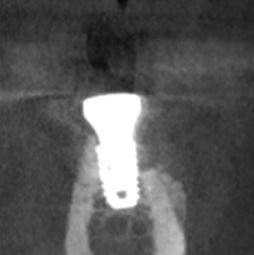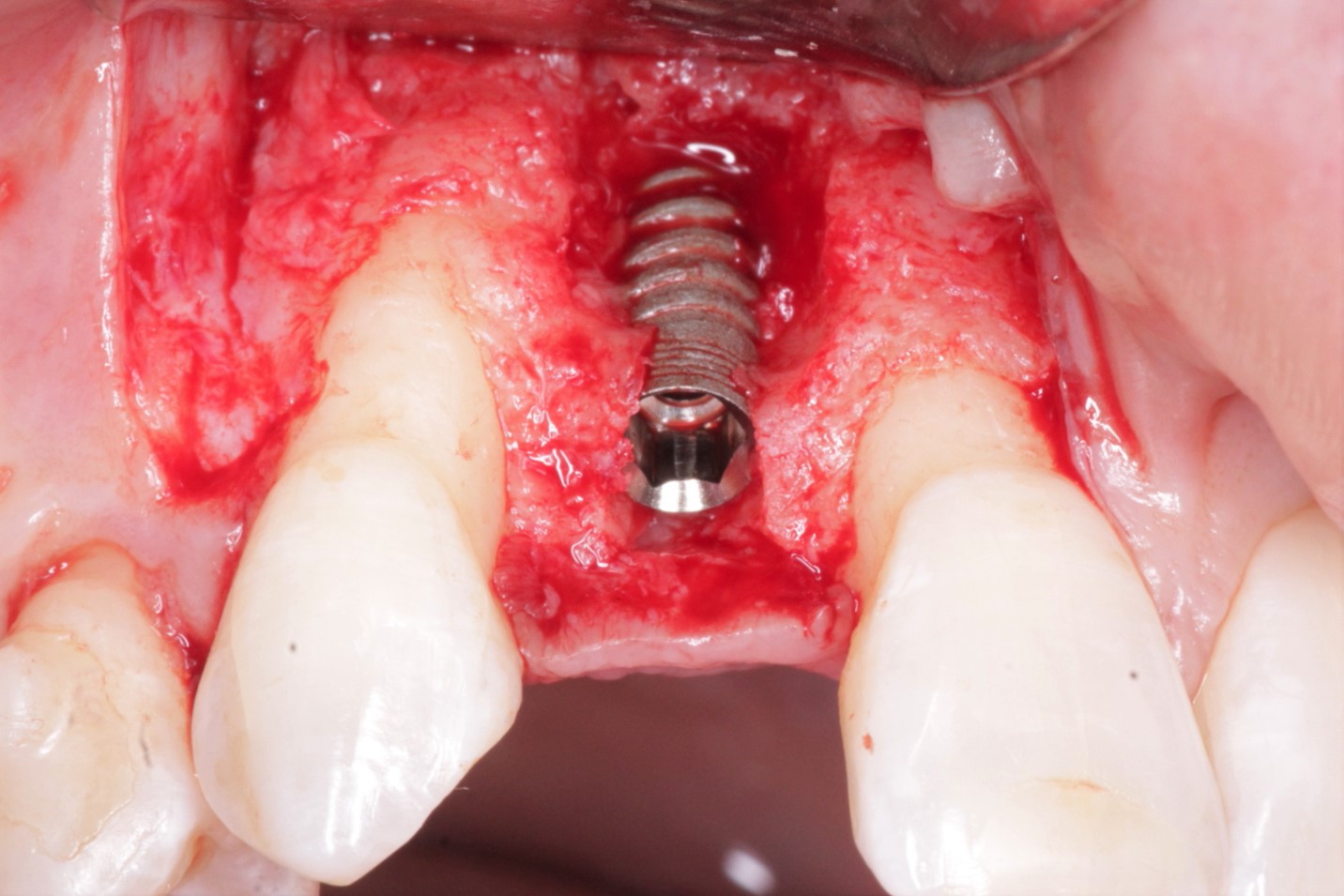Implant Bridge: Combining Cement and Screw Retained Prosthesis?
Dr. S. asks:
I have to insert an implant bridge that has both screw and cement retention. Four abutments are cement retained and two abutments are screw retained. I was thinking that I should use a slow setting cement to allow me time to insert the bridge and then torque down the two screws. The other sequence I was thinking of using was to cement the bridge and allow the cement to set and then to place the screws. I have never done this before and I was wondering what would be the best way to do this. Any comments?
8 Comments on Implant Bridge: Combining Cement and Screw Retained Prosthesis?
New comments are currently closed for this post.
antonis
1/13/2009
I dont think u should allow the cement to set.I would first put the bridge passively,screwing by hand the 2 screws without cement.Then i would take an x-ray if everything fits perfect i would use temporary cement,torque the 2 screws and leave the cement to set.
Dr Sengupta
1/13/2009
What was the thinking behind this prosthetic design?
Alejandro Berg
1/13/2009
Dear S:
WHy in the world didi you do this mix? If you need to correct the emergence profile(probably the real reason to cement), make custom abutments and then a fully cemented bridge. If you do this and for some reason you want to retrieve this what? Just dont...
R. Hughes
1/13/2009
This should be an Olympic Event!
narayan
1/14/2009
I don't quite understand the rationale for the prosthetic approach.You'll need to ensure yo're using non-indexed abutments for the screw retained units and acompletely passive casting,use a slow cement,and torque simultaneously.wish you four hands and lots of luck
PD
1/14/2009
Won't the two screw retained units provide sufficient stability? Especially if they are spread apart? Why cement the rest?
johnackley@bonadent.com
1/14/2009
this is really not that unusual a design, if the terminal fixtures have limited vertical clearance than cementing is not an option, you need 4mm of axial wall height for viability. the anterior fixtures are in the esthetic zone so cementable is more favorable plus passivity is easier to obtain with fewer screw retained units. The cemented units could be placed with something such as tempo sil. I know of a prostho in NJ who typically does all of his large reconstuctions with the terminal units screwed and the anterior units cad/cam milled cementable for retreivability reasons. I know he uses tempo sil on his cases.
Dr John A Murray
1/15/2009
johnackley@bonadent.com IS quite correct its a common and useful technique.
Often the screws on the termnal units are sufficient; otherwise use a slow setting non-eugenol provisional cement. Seat, torque screws, x-ray before cement sets to confirm seating and Robert is your mother's brother.

















